Highlights
Highlights of the Gosaikunda Trek
- Sacred Gosaikunda Lake: Explore the tranquil waters of Gosaikunda, surrounded by rugged Himalayan peaks.
- Panoramic Mountain Views: Witness stunning vistas of Langtang Lirung (7,227m), Ganesh Himal, and Annapurna ranges.
- Langtang National Park: Trek through a protected area rich in biodiversity, home to red pandas, Himalayan tahrs, and colorful birds.
- Cultural Exploration: Immerse yourself in the unique culture and traditions of the Tamang and Sherpa communities.
- Scenic Trails: Walk through lush rhododendron forests, terraced farmlands, and high-altitude pastures.
- Pilgrimage Experience: Visit a holy site revered by Hindus and Buddhists, especially during the annual Janai Purnima Festival.
- Accessible and Short Duration: A moderate trek that can be completed in just 7–10 days.
Overview
Gosaikunda Trek – A Sacred Himalayan Adventure to Pristine Glacial Lakes
The Gosaikunda Trek is a breathtaking journey to one of Nepal's most revered destinations, the Gosaikunda Lake (4,380m). Nestled in the Langtang National Park, this trek combines stunning natural beauty, cultural richness, and spiritual significance. Known as a sacred lake for both Hindus and Buddhists, Gosaikunda attracts pilgrims and trekkers alike, offering serene alpine landscapes, rhododendron forests, and jaw-dropping views of the Langtang Himal, Ganesh Himal, and Manaslu ranges.
This moderate trek is perfect for adventurers seeking a short yet enriching Himalayan experience. Whether it’s the mesmerizing beauty of the turquoise lake, the cultural charm of Tamang villages, or the spiritual energy of the region, Gosaikunda Trek is an unforgettable journey.
Best Time for the Gosaikunda Trek
-Spring (March to May): Ideal weather with blooming rhododendron forests and clear skies.
-Autumn (September to November): Excellent visibility and moderate temperatures, perfect for trekking.
-Winter (December to February): A peaceful trek with snow-covered landscapes, suitable for well-prepared trekkers.
-Monsoon (June to August): Best for pilgrims during the Janai Purnima Festival, though trails may be slippery.
Difficulty Level
The Gosaikunda Trek is rated as moderate. It involves some steep ascents and high-altitude trekking, making it suitable for trekkers with a basic level of fitness and preparation.
Why Choose the Gosaikunda Trek?
-Short Duration: Ideal for those with limited time.
-Spiritual and Natural Wonders: Combines sacred pilgrimage sites with stunning Himalayan landscapes.
-Rich Culture: Interact with the Tamang and Sherpa communities and learn about their traditions.
-Diverse Trails: From lush forests to rugged high-altitude terrain, the trek offers a variety of landscapes.
Packing Essentials
-Warm clothing and sleeping bag for cold nights.
-Comfortable trekking boots and trekking poles.
-First-aid kit, sunscreen, sunglasses, and a hat.
-Snacks, water bottles, and purification tablets.
-A lightweight daypack to carry essentials.
Tips for the Gosaikunda Trek
-Acclimatize properly to avoid altitude sickness.
-Carry extra layers for high-altitude temperatures.
-Respect local culture and religious sites.
-Travel with a guide or porter for safety and navigation.
Conclusion
The Gosaikunda Trek is a perfect blend of natural beauty, spiritual significance, and cultural richness. Whether you’re a trekker looking for serene landscapes or a pilgrim seeking divine blessings, this trek promises a unique and enriching Himalayan experience. Book your trek now and immerse yourself in the awe-inspiring beauty of Nepal’s Langtang region!
Wanna travel quicker? Soar over the majestic Gosaikunda Lakes with our Gosaikunda Helicopter Tour , a fast and scenic way to experience this sacred site from above.
🧭 Alternative Tours & Packages
- Langtang Valley Trek
Venture into the heart of the Langtang region on foot, passing through lush woodlands, traditional Tamang settlements, and sweeping alpine landscapes that reveal the quiet charm of this less-crowded Himalayan trail. - Langtang Valley Helicopter Tour
Soar above the picturesque Langtang range in a comfortable helicopter ride, capturing panoramic mountain vistas and the peaceful beauty of the valley — an ideal choice for time-conscious travelers.
Included and Excluded
- International airport transfers as per the itinerary are included.
- Jeep transfer from Kathmandu to Dhunche trek starting place and Dhunche to Kathmandu trek ending place.
- You will stay in a hotel in Kathmandu on a twin-sharing basis, with bed and breakfast included.
- During the trek, you will be provided with accommodation and three meals a day (tea, breakfast, lunch, and dinner).
- A professional, government-licensed English-speaking trekking guide will accompany you.
- We will also provide the necessary number of porters to carry your luggage during the trek (one porter for every two guests).
- All of the listed activities and programs in the itinerary are included.
- Insurance is provided for our Nepalese staff (guide, porter, and driver).
- All government and local taxes are included.
- All necessary permits for the trek will be arranged.
- We will also have emergency medical kits on hand.
- A welcome or farewell dinner is also included.
- International airfare to and from Nepal is not covered in the price of the trip.
- Meals (lunch and dinner) in Kathmandu are not included in the cost.
- Insurance that covers your medical expenses, emergency evacuation, loss, etc. is not provided and must be obtained separately by the traveler.
- Beverages, alcoholic drinks, and bottled water during the trek are not included and must be paid for by the traveler.
- Phone calls, laundry services, and boiled water during the trek are not included in the cost.
- Hot showers during the trek are not included in the price of the trip.
- Any food and beverages that are not included in the itinerary are not covered and must be paid for by the traveler.
- If you need to stay in Kathmandu for an extra night due to early arrival, late departure, or early return from the mountain for any reason, the cost of the accommodation is not included and must be paid for by the traveler.
- Personal gear and expenses are not included and must be covered by the traveler.
- Tips and gratuities for the staff, guide, and porters are not included in the cost of the trip.
- Any other items not mentioned in the "Cost Inclusion" section are not covered in the price of the trip.
Itinerary
- Upon arriving at Tribhuvan International Airport in Kathmandu, you'll be greeted by a representative from our trekking agency and transferred to your hotel.
- During your free time, explore landmarks like Boudhanath Stupa, Pashupatinath Temple, and Durbar Square, or visit Swayambhunath Temple and a local museum.
- In the evening, meet your guide to discuss the trek details.
- Enjoy delicious Nepali cuisine at a local restaurant, trying dishes like momos, thali, and daal bhat.
- If you’re interested in nightlife, check out a rooftop bar or lounge for drinks and live music.
- After a hearty breakfast in Chandanwari, we’ll begin our uphill hike to Gosaikunda (4,361m).
- Today’s hike will be more challenging than yesterday, as we navigate rugged and narrow paths.
- As we ascend through barren hills, be prepared for a cold breeze and dress warmly.
- After about 1.5 hours of hiking, we’ll reach Cholangpaty (3,500m), where you can enjoy clear views of Langtang Lirung (7,234m), Langtang Ri (7,205m), Manaslu (8,163m), and Ganesh Himal (7,422m).
- We’ll continue hiking for another 2 hours to the temple of Sakyamuni, which holds significance for both Hindus and Buddhists.
- After another half hour, we’ll arrive at the first lake, Saraswati Kunda, followed by Bhairav Kunda, and finally, the majestic Lake Gosaikunda.
- We’ll explore the nearby lakes and spend the night in a tea house or lodge
- After a restful night in the tea house/lodge, we will begin the hike back down to Chandanwari.
- We will retrace our steps, following the same path we took on the way up.
- As we descend, we will have the opportunity to take in the beautiful mountain views once again.
- We will stop for breaks as needed and make sure to drink plenty of water to stay hydrated.
- After approximately 5-6 hours of hiking, we will arrive back in Chandanwari.
- We’ll spend the night and have dinner at a guesthouse/lodge in Chandanwari.
- Wake up refreshed and ready for another day of adventure in Chandanwari.
- After a nourishing breakfast, we'll begin our descent back towards Dhunche.
- We'll follow the same trail that we took on our ascent, passing through beautiful pine forests and scenic streamlets as we go.
- As we make our way back down, we'll stop at Dhimsa (Alt. 2,900m) and Deurali (Alt. 2,500m)for short breaks to rest and refuel.
- After approximately 5 hours of hiking, we'll arrive back in Dhunche, where we'll check into a cozy guesthouse and rest up for the next day.
- After a restful night in a tea house in Dhunche, we'll enjoy a hearty breakfast before heading back to Kathmandu.
- The drive takes approximately 6–7 hours, offering stunning views of the Trishuli River and picturesque settlements.
- Upon arrival, we’ll check into our hotel and have the afternoon free for souvenir shopping in Kathmandu’s vibrant markets.
- This is a great opportunity to find handmade crafts and textiles to take home as gifts or souvenirs.
- It’s time to say goodbye. On your final morning in Kathmandu, you’ll pack up and prepare to head home.
- After a farewell breakfast at the hotel, you’ll bid farewell to your fellow travelers and the wonderful staff who have assisted you throughout your journey.
- As you leave Nepal, you'll carry with you unforgettable memories and experiences, from the majestic Gosaikunda Lake to the scenic trails and the culturally rich Tamang people.
- If you didn’t shop yesterday, you’ll have a chance for last-minute souvenir shopping, picking up handmade crafts and locally made products as mementos.
- Our staff will pick you up from the hotel three hours before your flight to take you to the airport for your departure.
- Safe travels, and we hope to see you again soon!
Route Map
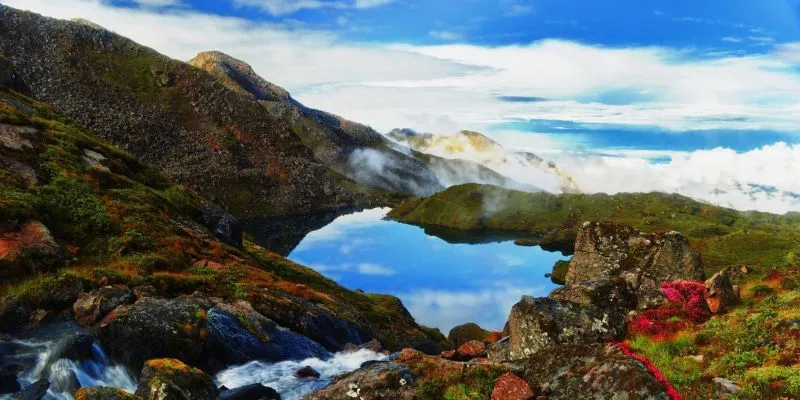
Fixed Departure
Gosaikunda Trek Availability
| # | Date | Cost | Status | Action |
|---|
FAQs
Gosaikunda Lake is a high-altitude freshwater lake located at 4,380 meters in Langtang National Park. It holds spiritual significance for both Hindus and Buddhists. According to Hindu mythology, it was created by Lord Shiva, while Buddhists believe it was formed by the goddess Kali. The lake is a site of pilgrimage, especially during the Janai Purnima festival, when devotees gather to perform religious rituals and ceremonies.
The trek offers a diverse array of flora, including forests of oak, pine, and rhododendron, along with alpine meadows at higher altitudes. Wildlife sightings may include Himalayan black bears, musk deer, red pandas, langur monkeys, and various bird species like Himalayan griffons and pheasants.
The Gosaikunda Trek is considered moderate to challenging, with steep ascents and descents through forests, meadows, and villages. Trekkers should be prepared for high-altitude trekking and should have a good level of physical fitness. Proper acclimatization, hydration, and appropriate gear are essential for a safe and enjoyable experience.
The best times to trek are during spring (March to May) and autumn (September to November). Spring offers mild weather and blooming wildflowers, while autumn provides clear skies and colorful foliage. Winter (December to February) offers clear views but can be very cold, while summer (June to August) is the monsoon season, with lush greenery but potential for rain and landslides.
Gosaikunda Lake is a high-altitude freshwater lake located at 4,380 meters in Langtang National Park. It holds spiritual significance for both Hindus and Buddhists. According to Hindu mythology, it was created by Lord Shiva, while Buddhists believe it was formed by the goddess Kali. The lake is a site of pilgrimage, especially during the Janai Purnima festival, when devotees gather to perform religious rituals and ceremonies.
The trek offers a diverse array of flora, including forests of oak, pine, and rhododendron, along with alpine meadows at higher altitudes. Wildlife sightings may include Himalayan black bears, musk deer, red pandas, langur monkeys, and various bird species like Himalayan griffons and pheasants.
The Gosaikunda Trek is considered moderate to challenging, with steep ascents and descents through forests, meadows, and villages. Trekkers should be prepared for high-altitude trekking and should have a good level of physical fitness. Proper acclimatization, hydration, and appropriate gear are essential for a safe and enjoyable experience.
The best times to trek are during spring (March to May) and autumn (September to November). Spring offers mild weather and blooming wildflowers, while autumn provides clear skies and colorful foliage. Winter (December to February) offers clear views but can be very cold, while summer (June to August) is the monsoon season, with lush greenery but potential for rain and landslides.
Gosaikunda Lake is a high-altitude freshwater lake located at 4,380 meters in Langtang National Park. It holds spiritual significance for both Hindus and Buddhists. According to Hindu mythology, it was created by Lord Shiva, while Buddhists believe it was formed by the goddess Kali. The lake is a site of pilgrimage, especially during the Janai Purnima festival, when devotees gather to perform religious rituals and ceremonies.
The trek offers a diverse array of flora, including forests of oak, pine, and rhododendron, along with alpine meadows at higher altitudes. Wildlife sightings may include Himalayan black bears, musk deer, red pandas, langur monkeys, and various bird species like Himalayan griffons and pheasants.
The Gosaikunda Trek is considered moderate to challenging, with steep ascents and descents through forests, meadows, and villages. Trekkers should be prepared for high-altitude trekking and should have a good level of physical fitness. Proper acclimatization, hydration, and appropriate gear are essential for a safe and enjoyable experience.
The best times to trek are during spring (March to May) and autumn (September to November). Spring offers mild weather and blooming wildflowers, while autumn provides clear skies and colorful foliage. Winter (December to February) offers clear views but can be very cold, while summer (June to August) is the monsoon season, with lush greenery but potential for rain and landslides.
Customer Reviews & Rating
Showing Verified Reviews

Naomi Lee - Singapore
(5.0)"I wasn’t sure what to expect with the Gosaikunda Trek, but Explore Nepal Trekking made it an incredible experience. The trek had a good mix of challenge and reward. The sacred lakes were so serene, and the landscapes constantly changed as we climbed. The team was friendly, helpful, and always made sure we were comfortable. Totally worth it!"

Karl L. Hansen - Vesterbrogade 10, 1620 Copenhagen, Denmark
(5.0)"The Gosaikunda Trek was a profoundly rewarding spiritual and natural journey; the ascent offered amazing views of the Langtang and Ganesh Himal ranges, culminating in the serene and beautiful high-altitude Gosaikunda Lake. Our guide was deeply knowledgeable about the local culture and religious significance of the area, ensuring a safe and respectful trek. It's a challenging climb but well worth it for the stunning scenery and peaceful atmosphere."

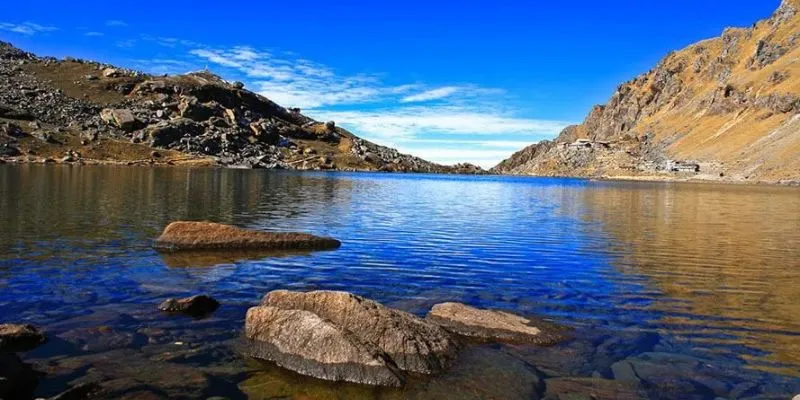
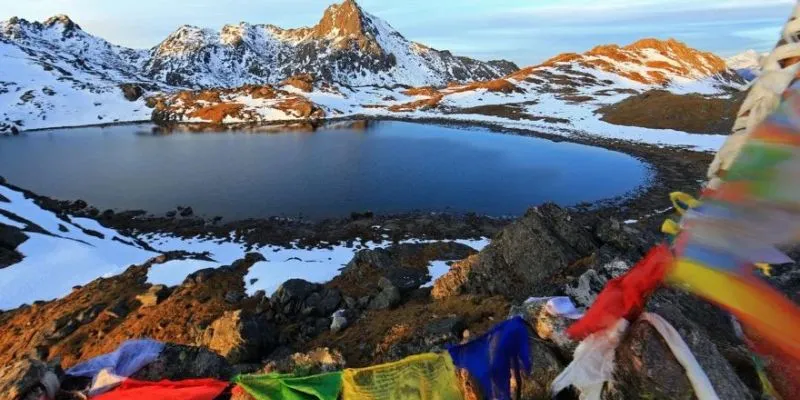
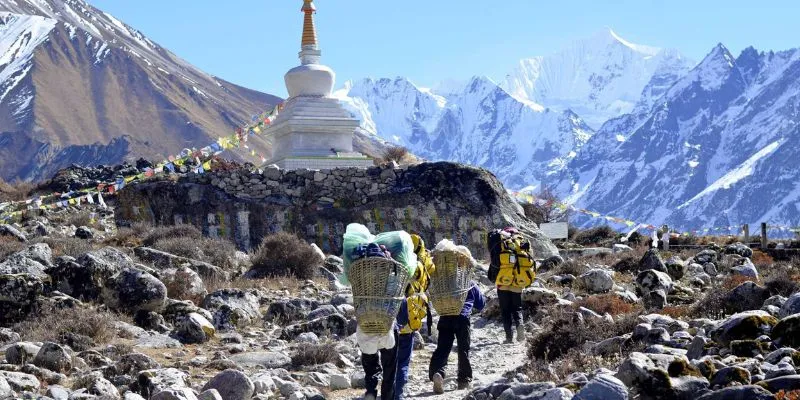
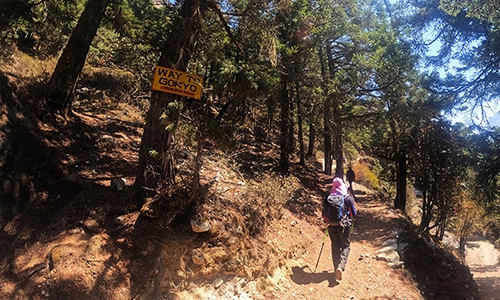
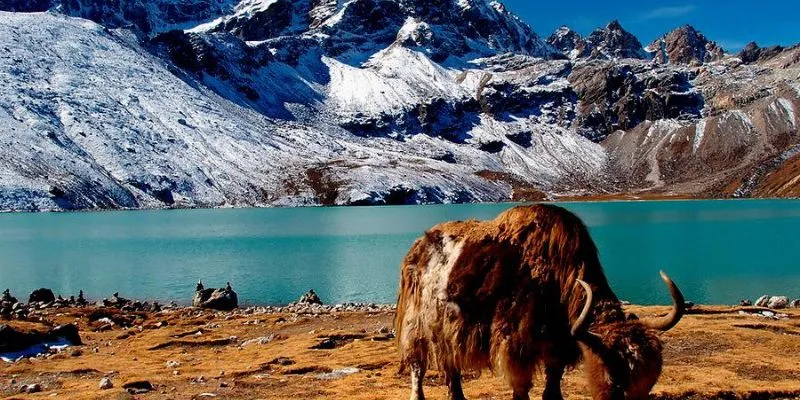
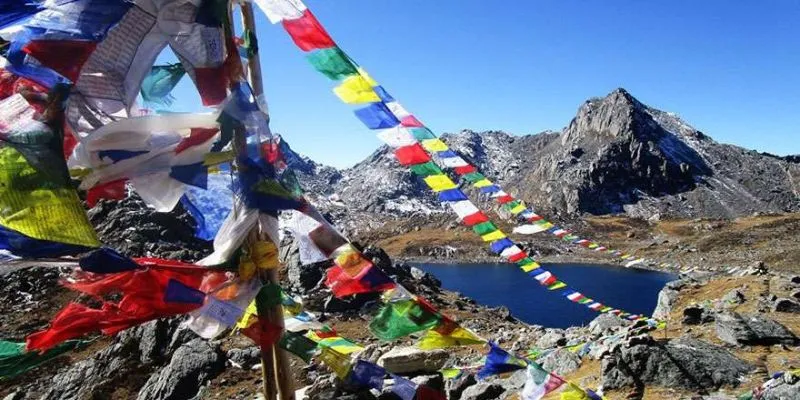
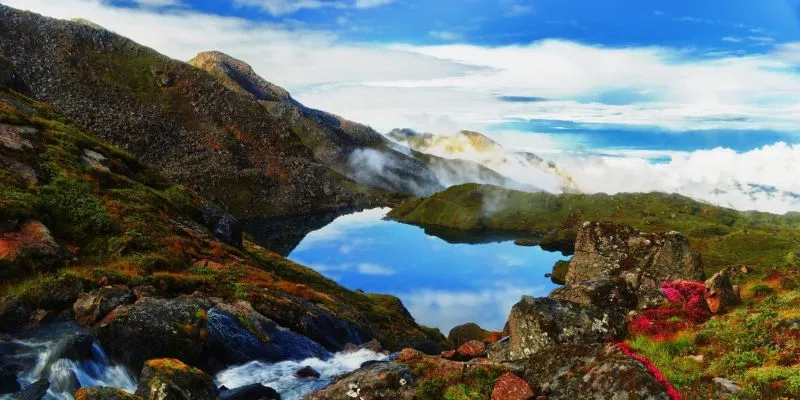
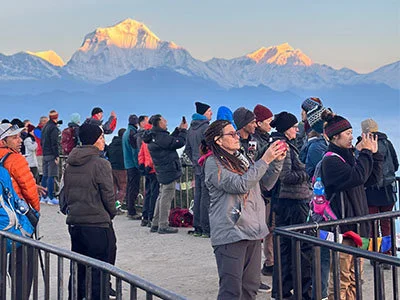
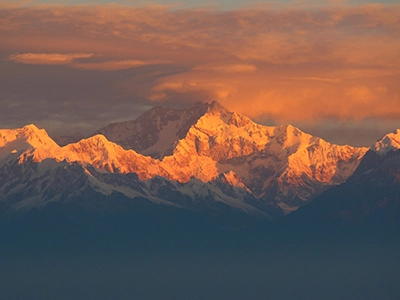

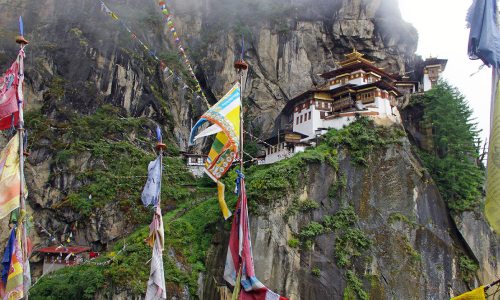
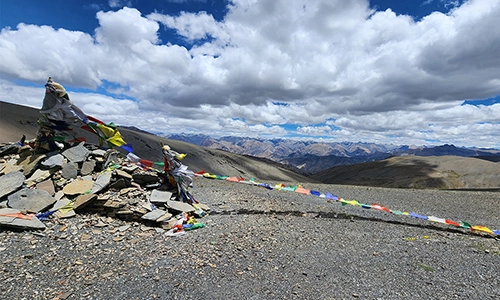
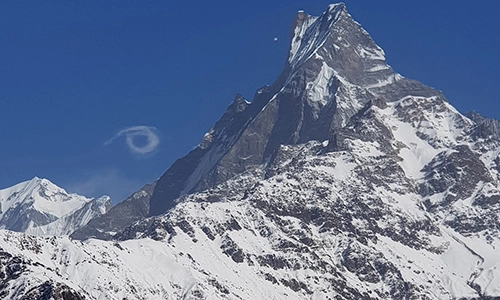








Tomas Herrera - Lima, Peru
(5.0)"Gosaikunda was AMAZING! The views, the lakes, the mountain air – everything was top-notch. Big thanks to Explore Nepal Trekking for organizing such a perfect trip. I’ll be back for sure!"